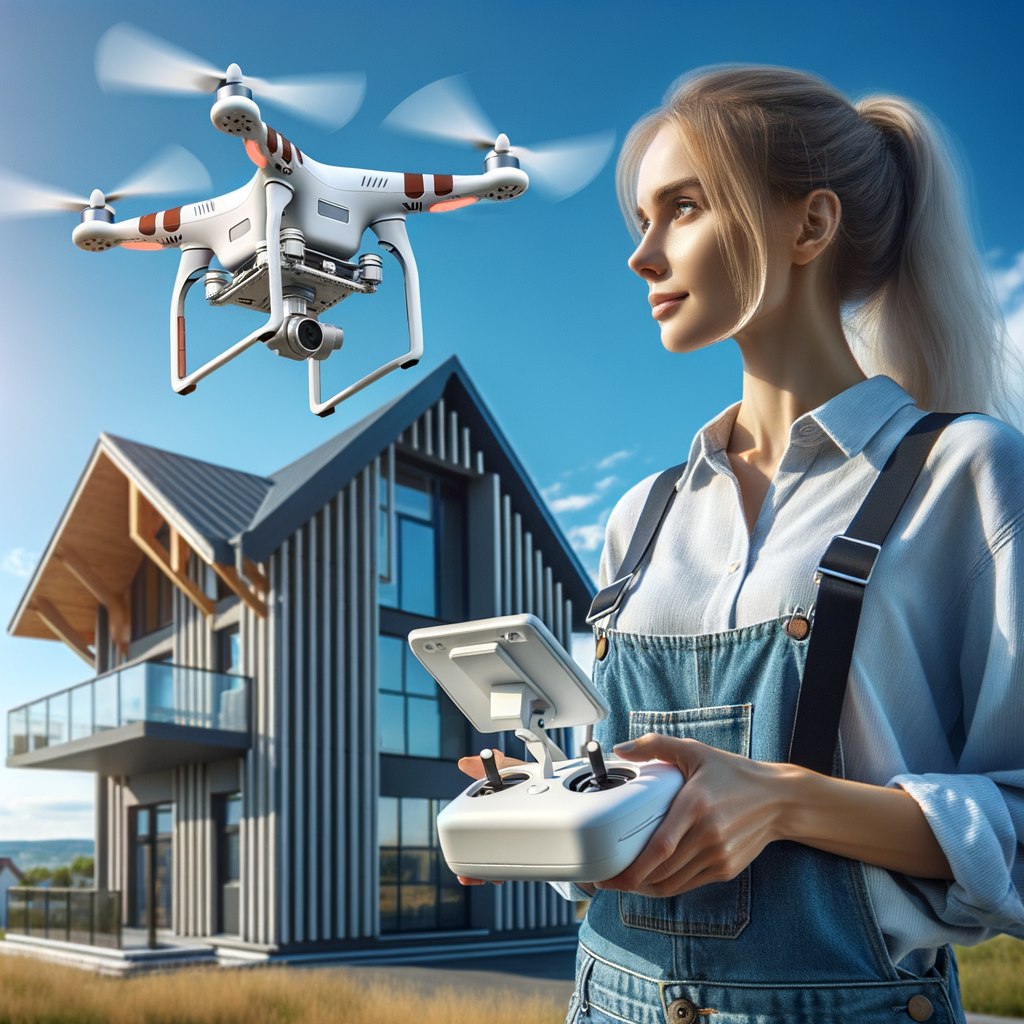Revolutionizing property inspections with drone technology.
Drones have revolutionized various industries by providing efficient and cost-effective solutions. In the field of property inspections, drones offer an innovative approach that enhances effectiveness and accuracy while reducing risks and costs associated with traditional inspection methods.
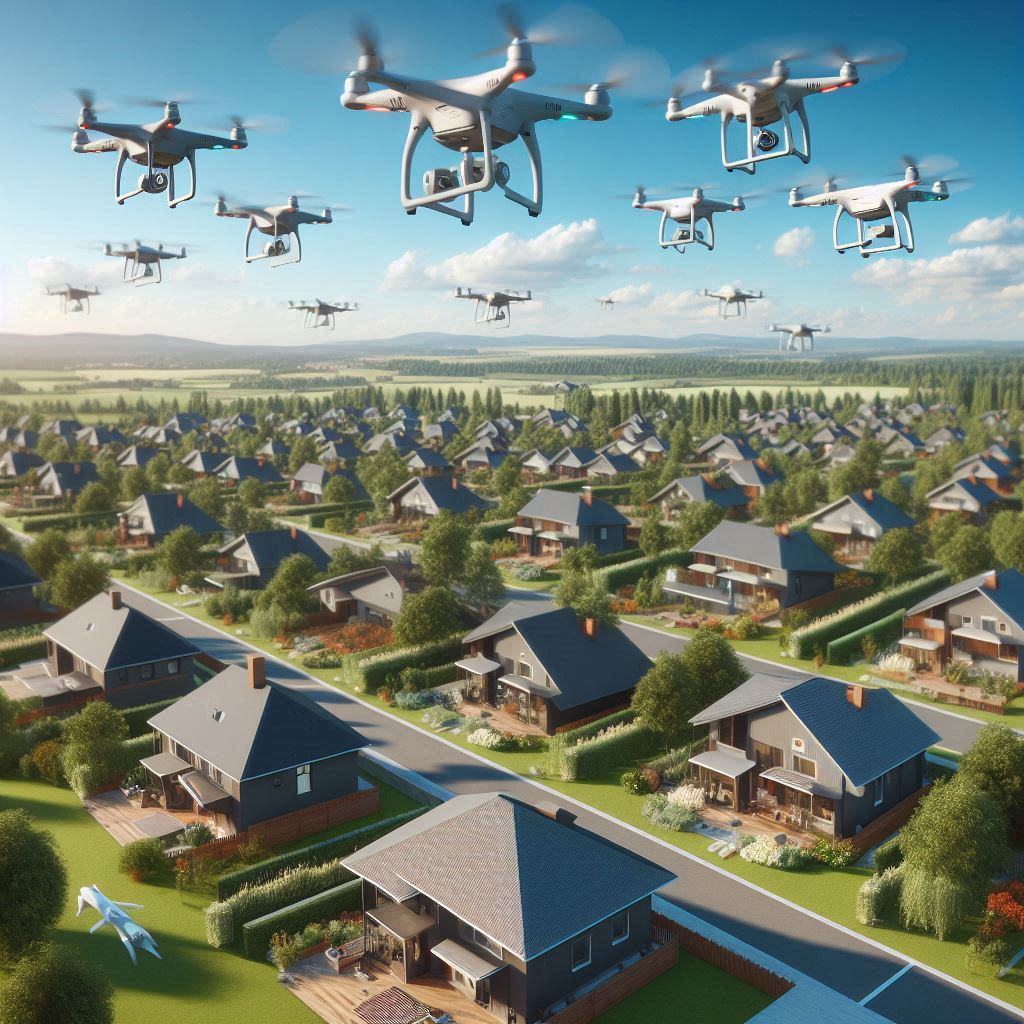
Harnessing drones for property inspections has become increasingly popular due to their ability to access hard-to-reach areas, capture high-resolution images and videos, conduct thorough assessments, and provide real-time data analysis. By utilizing drone technology, property owners, inspectors, insurance companies, and other stakeholders can greatly benefit from improved efficiency, enhanced safety measures, and more informed decision-making processes.
The Advantages of Using Drones for Property Inspections
Property inspections are an essential aspect of maintaining and managing real estate. They provide valuable information about the condition of a property, enabling owners, investors, and insurers to make informed decisions. Traditionally, property inspections have been conducted by humans who physically visit the site and visually inspect various aspects. However, advancements in technology have introduced a new tool that is revolutionizing this process: drones.
Drones are unmanned aerial vehicles that can be equipped with cameras and other sensors to capture high-resolution images and videos from different angles. These devices offer several advantages over traditional methods of property inspection.
Firstly, drones allow for safe and efficient inspections. Unlike human inspectors who must climb ladders or access hard-to-reach areas, drones can easily navigate through tight spaces and fly at varying altitudes to capture comprehensive footage of the entire property. This not only reduces the risk of accidents or injuries but also saves time as drone inspections can be completed much faster than manual ones.
Moreover, using drones eliminates the need for expensive equipment such as scaffolding or cherry pickers typically used in manual inspections. The cost savings associated with using drones are significant since there is no longer a requirement for specialized tools or labor-intensive procedures to conduct thorough property assessments.
Furthermore, drone-based inspections enable greater accuracy in identifying potential issues within properties. Equipped with high-resolution cameras capable of capturing detailed imagery from different perspectives, these devices can detect structural damage, leaks, cracks in foundations or walls more effectively than human inspectors relying solely on their visual acuity during on-site visits.
In addition to accuracy improvements when assessing physical conditions within properties during initial inspection stages – thus helping prevent costly repairs down the line – drones also aid insurers during claim investigations by providing solid evidence about any damages incurred before filing claims accurately.
Another advantage offered by drone-based property inspections is their ability to provide comprehensive data collection over large areas quickly. In contrast to human inspectors who are limited by their physical capabilities, drones can survey vast expanses of land within a short period. This ability is especially valuable in assessing large properties or commercial real estate portfolios where efficiency and speed are critical factors.
Furthermore, the collected data from drone inspections can be easily analyzed using advanced software tools, enabling property owners and managers to identify patterns, trends, or anomalies that may not be immediately apparent during manual inspections. This analysis assists in making informed decisions about maintenance or renovation strategies based on accurate data-driven assessments rather than relying solely on subjective observations made during traditional inspections.
Lastly, utilizing drones for property inspections also benefits the environment by reducing carbon emissions. The use of these devices eliminates the need for travel to remote locations or multiple site visits as aerial footage captures comprehensive information without requiring physical presence at every site. Thus, incorporating drone technology into property inspection practices aligns with sustainability goals and promotes environmentally responsible practices within the real estate industry.
conclusion
harnessing drones for effective property inspections offers numerous advantages over traditional methods. Drones enhance safety while conducting efficient assessments of properties by eliminating risks associated with human involvement in dangerous environments. They provide cost savings through reduced equipment requirements and faster inspection times.
Additionally, drones offer improved accuracy when identifying potential issues within structures and aid insurers during claim investigations by providing reliable evidence. Their ability to collect comprehensive data quickly allows for enhanced decision-making based on objective analysis instead of subjective judgments.
Moreover, utilizing drones supports environmental conservation efforts by reducing carbon emissions associated with travel requirements during conventional inspections. As technology continues to evolve and improve affordability and accessibility of drone systems increases further integration into standard practice seems inevitable – benefiting all stakeholders involved in real estate management processes
How Drones Can Improve Efficiency in Property Inspection Processes
Drones have emerged as a cutting-edge technology that has the potential to revolutionize property inspection processes. With their ability to capture high-quality aerial imagery and navigate hard-to-reach areas, drones offer numerous advantages over traditional methods of property inspection.
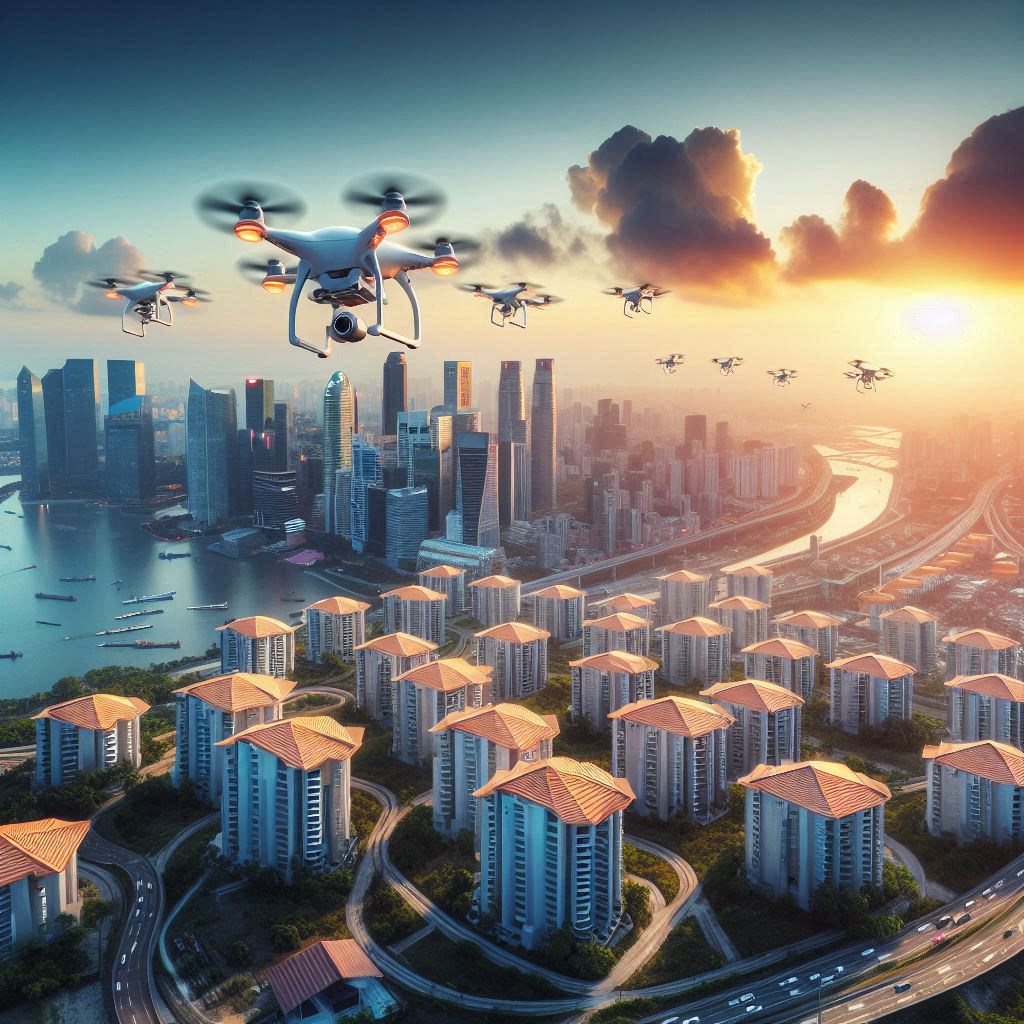
One key benefit of using drones for property inspections is the increased efficiency they provide. In the past, inspectors would often have to physically climb onto rooftops or access difficult terrain to assess a property’s condition. This not only posed safety risks but also consumed significant amounts of time and resources. Drones, on the other hand, can swiftly fly over properties and capture detailed images from various angles without requiring inspectors to leave the ground. This streamlines the inspection process and allows for quicker assessment and analysis.
Moreover, drones equipped with advanced cameras can capture high-resolution imagery that provides detailed information about a property’s condition. These images can reveal issues such as roof damage, cracks in walls or foundations, or even structural weaknesses that may be invisible to human eyes at ground level. By having access to these detailed visuals, inspectors are better able to identify potential problems early on and recommend appropriate maintenance or repair measures before they escalate into more severe issues.
In addition to improving efficiency and accuracy in inspections, drones also contribute significantly to cost savings. Traditional property inspections often involve hiring additional personnel or specialized equipment for accessing challenging areas such as tall buildings or remote locations. By utilizing drones instead, companies can eliminate these additional expenses while still obtaining reliable data on a property’s condition.
The use of drone technology also enhances inspector safety by minimizing exposure risks during inspections. Climbing onto steep roofs or navigating unstable terrains can pose hazards such as falls or accidents due to slippery surfaces – incidents which could lead not only injury but also costly legal repercussions for companies involved in inspections.
With drones taking over some aspects of fieldwork traditionally carried out by humans, those risks are mitigated significantly since operators remain safely on solid ground while controlling drone movements. This not only ensures the safety of inspectors but also reduces liability for companies involved in property inspections.
Furthermore, drones can provide a level of accessibility that was previously unattainable in property inspections. Properties located in remote or hard-to-reach areas often present logistical challenges for inspection teams. However, with drones’ ability to easily access such locations and capture detailed images, these barriers are overcome. Consequently, properties that were once deemed difficult or costly to inspect can now be assessed more efficiently and effectively using drone technology.
conclusion
the utilization of drones has revolutionized property inspection processes by enhancing efficiency, accuracy, cost savings, inspector safety, and accessibility. The benefits offered by this cutting-edge technology cannot be overstated – from its ability to swiftly navigate challenging terrain to capturing high-resolution imagery from various angles without requiring physical presence on rooftops or other hazardous areas.
By harnessing the power of drones for property inspections, companies stand to gain a competitive edge while simultaneously improving the overall quality of their services. It is evident that the future lies within this innovative approach to property inspections as we continue to embrace technological advancements in various industries – including real estate and construction sectors where effective property assessment holds significant value.
Ensuring Safety and Compliance with Drone-based Property Inspections
Drones have revolutionized many industries, and one area where they have proven to be particularly effective is property inspections. By utilizing drone technology, property owners and inspectors can ensure safety and compliance while also improving efficiency. This article will delve into the benefits of using drones for property inspections and explore how they can enhance safety protocols.
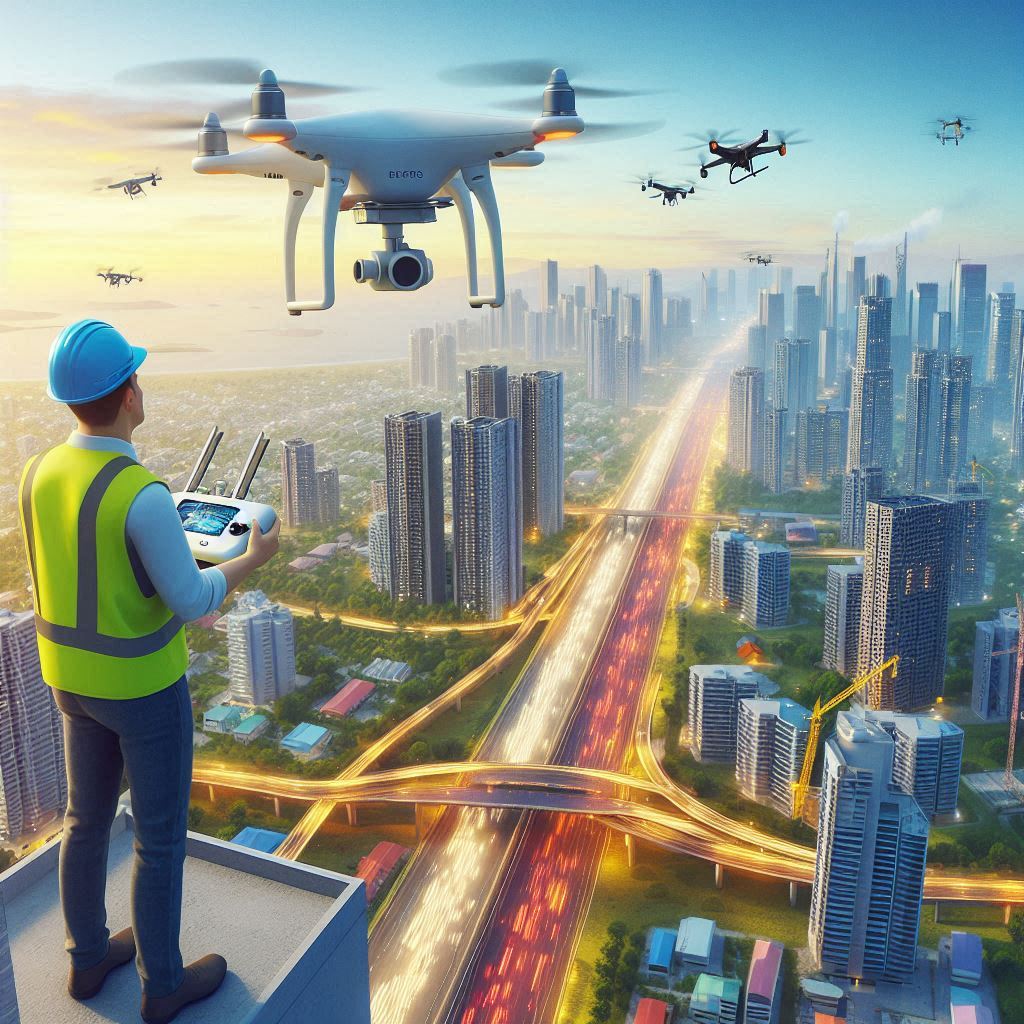
One of the primary advantages of employing drones for property inspections is their ability to access hard-to-reach areas. Traditional methods often involve inspectors physically climbing ladders or scaffolding to examine rooftops or high-rise buildings. However, this poses significant risks to their safety as well as potential damage to the structure. Drones, on the other hand, can effortlessly navigate even the most challenging terrains with ease, capturing detailed images from various angles without endangering human lives.
Moreover, drones equipped with high-resolution cameras provide unparalleled visual data that allows inspectors to identify issues that may not be visible from ground level. Cracks in walls or roofs, signs of water damage, or loose wiring can all be captured with precision by a drone’s camera system. This advanced imaging capability ensures that no potential problems go unnoticed during an inspection.
Furthermore, drones enable inspectors to conduct thorough inspections within a shorter timeframe compared to traditional methods. With real-time video streaming capabilities and live feeds transmitted directly to inspectors’ devices on the ground, immediate analysis becomes possible even before leaving the site – saving both time and effort. Inspectors can quickly spot any red flags during flights rather than waiting until after landing.
When it comes to ensuring safety compliance during property inspections, drones play a vital role in reducing risk exposure for workers in hazardous environments such as construction sites or industrial facilities. They offer a non-intrusive alternative for monitoring these areas remotely while still maintaining regulatory standards set by government bodies like OSHA (Occupational Safety and Health Administration).
In addition to promoting physical safety measures through remote monitoring capabilities, drone-based property inspections contribute significantly towards environmental safety. The reduced need for manual labor and heavy machinery during inspections minimizes carbon emissions, making this method more environmentally friendly compared to traditional approaches. This aligns with global efforts towards sustainable development and green practices.
To address concerns about privacy that may arise from the use of drones for property inspections, it is crucial to establish clear guidelines and obtain consent from all parties involved. Strict protocols must be in place to ensure compliance with relevant laws and regulations regarding data protection, especially when capturing images or videos on private properties.
conclusion
the integration of drones into property inspections brings numerous advantages in terms of safety, efficiency, and compliance. Drones’ ability to access hard-to-reach areas while capturing high-resolution imagery allows inspectors to identify potential issues quickly and accurately. They also contribute significantly towards reducing risk exposure for workers by providing remote monitoring capabilities in hazardous environments.
Furthermore, drone-based inspections promote environmental safety through a reduction in carbon emissions associated with manual labor. However, it is essential always to uphold privacy standards by adhering to legal requirements surrounding data protection during drone operations.
By harnessing the power of drones effectively, property owners can ensure that their structures meet safety regulations while simultaneously improving overall inspection processes – saving time, effort, and potentially even lives along the way.
Cost-effectiveness of Utilizing Drones in Property Inspections
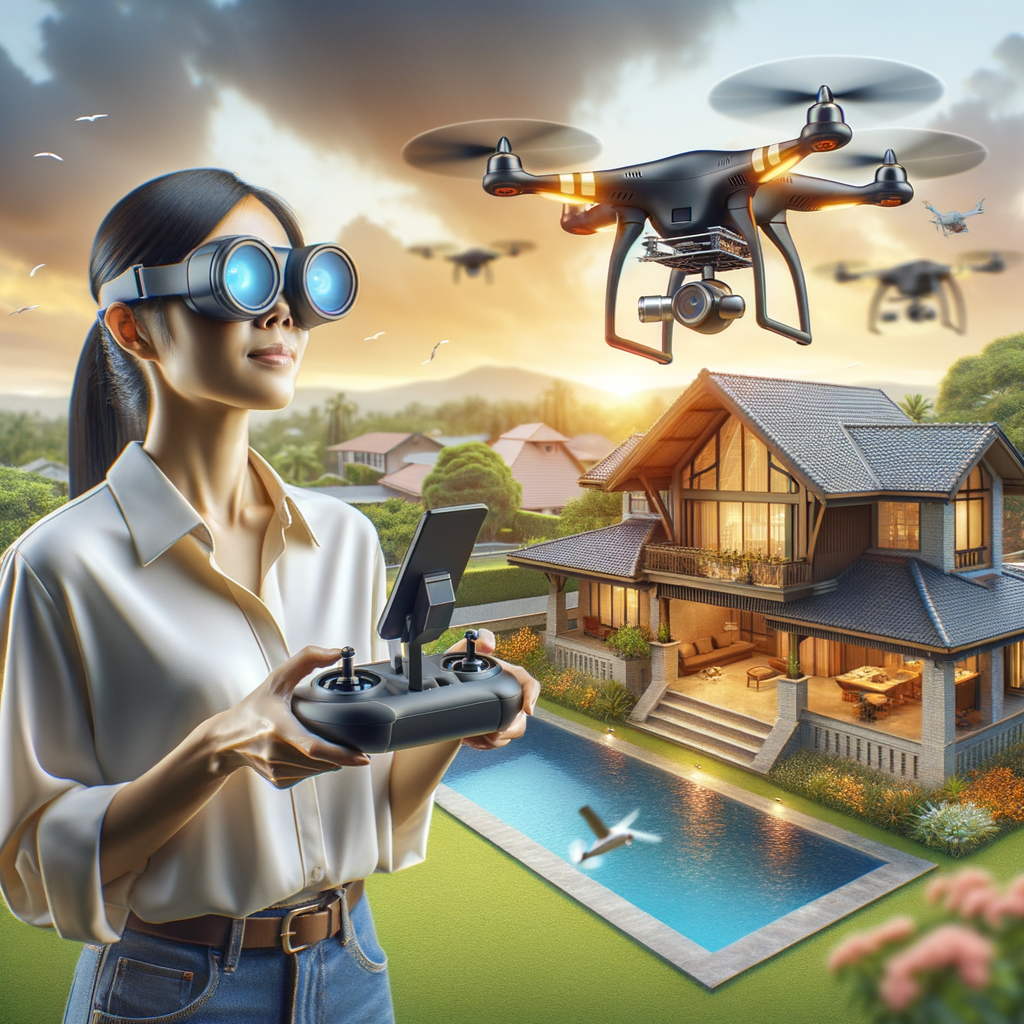
Property inspections are an essential part of real estate management, ensuring that properties are well-maintained and meeting the necessary standards. Traditionally, property inspections have been conducted by human inspectors who physically visit each property to assess its condition. However, advancements in technology have led to the emergence of drones as a cost-effective alternative for property inspections.
One key advantage of utilizing drones for property inspections is their cost-effectiveness. Hiring human inspectors can be expensive due to factors such as travel expenses and labor costs. In contrast, using drones eliminates the need for physical presence at each location, significantly reducing these expenses. Drones can cover large areas in a short amount of time, making them more efficient than human inspectors who may take longer to inspect multiple properties.
Furthermore, employing drones also reduces the risk associated with sending humans into potentially hazardous environments during inspections. Some properties may have safety hazards or inaccessible areas that pose risks to human inspectors’ health and safety. By deploying drones equipped with high-resolution cameras and sensors, potential dangers can be identified without endangering individuals.
In addition to their cost-effectiveness and increased safety measures, utilizing drones allows for thorough and accurate assessments of properties. Drones equipped with advanced imaging technologies capture detailed images from various angles that provide comprehensive visual documentation of any issues or damages present on a property. This enables property managers to make informed decisions based on reliable data rather than relying solely on subjective observations made by human inspectors.
Moreover, drones can access hard-to-reach areas that might otherwise go unnoticed during conventional inspections carried out by humans alone. For instance, rooftops or tall buildings often require ladders or scaffolding for inspection purposes which involve additional costs and time-consuming setup procedures when using traditional methods. With the ability to maneuver freely in three-dimensional spaces, drones easily navigate around obstacles while capturing high-quality footage from vantage points unattainable by humans.
The use of aerial photography allows property owners and managers to conduct remote inspections from the comfort of their offices or remotely located control centers. This feature is particularly beneficial for those managing multiple properties spread across a wide geographical area. By utilizing drones, they can monitor and evaluate properties without the need to physically travel to each location, saving both time and money.
conclusion
employing drones for property inspections presents a cost-effective alternative to traditional methods. The use of drones eliminates travel expenses associated with human inspectors while also minimizing risks by accessing hazardous areas without endangering individuals. Drones provide thorough and accurate assessments through advanced imaging technologies that capture detailed images from various angles, enabling informed decision-making based on reliable data.
Their ability to access hard-to-reach areas combined with aerial photography capabilities allows remote inspections, making them highly advantageous for property owners and managers overseeing multiple properties in different locations.
Overall, harnessing drones in property inspections offers numerous benefits that make it a valuable tool for real estate management professionals seeking efficient and cost-effective solutions to ensure the proper maintenance and assessment of their properties.
Overcoming Challenges in Implementing Drone-based Property Inspections
In recent years, drones have gained significant popularity and recognition for their potential to revolutionize various industries. One area where drones are increasingly being utilized is property inspections. The use of drones in property inspections offers several advantages such as improved efficiency, reduced costs, and enhanced safety. However, the implementation of drone-based property inspections also comes with its fair share of challenges.
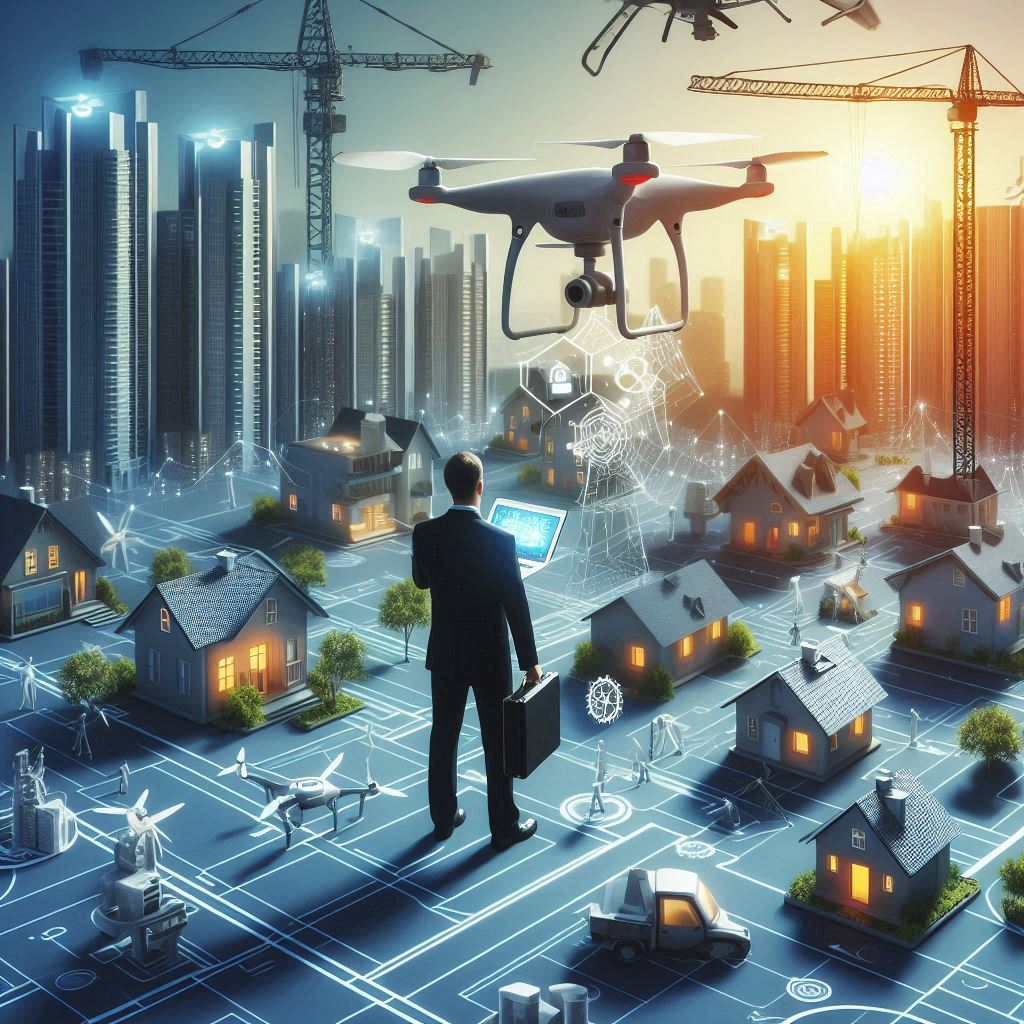
One major challenge in implementing drone-based property inspections is the legal and regulatory framework surrounding drone usage. Due to their increasing prevalence and potential privacy concerns, governments worldwide have established strict regulations governing the operation of drones. These regulations often require operators to obtain licenses or permits before conducting any commercial operations using drones. Additionally, restrictions may be imposed on flight altitudes or operating areas to ensure public safety.
To overcome these challenges, it is crucial for organizations utilizing drone-based property inspections to stay updated with the latest regulations pertaining to drone usage. This involves maintaining a clear understanding of both national and local laws governing drone operations within specific jurisdictions. By adhering to these regulations, organizations can avoid potential legal complications that may arise from non-compliance.
Another challenge that arises when implementing drone-based property inspections is technical complexity. Drones come equipped with various sensors and cameras that enable them to capture high-resolution images and videos during flights. However, operating these devices requires specialized knowledge in terms of piloting skills as well as data processing capabilities.
To address this challenge, organizations must invest in training programs for their personnel who will be responsible for operating the drones effectively during property inspections. Training should cover not only flight operations but also data analysis techniques necessary for extracting meaningful insights from captured imagery or video footage obtained by the drones.
Furthermore, ensuring data security presents yet another challenge when utilizing drone technology for property inspections. As drones capture sensitive information about properties such as building structures or infrastructure layouts from aerial perspectives; it becomes imperative to protect this data against unauthorized access or potential breaches.
Implementing measures such as encryption and secure storage solutions can help mitigate data security risks associated with drone-based property inspections. Organizations should also establish strict protocols for data handling and transfer, ensuring that only authorized personnel have access to the collected information.
Additionally, weather conditions pose a significant challenge when it comes to conducting drone-based property inspections. Unfavorable weather conditions such as high winds, rain, or fog can hinder flight operations and compromise the quality of captured imagery. This poses limitations on when and where drones can be deployed for inspections.
To overcome this challenge, organizations should closely monitor weather forecasts before planning any drone flights for property inspections. By scheduling flights during favorable weather windows, organizations can minimize disruptions caused by adverse weather conditions and ensure accurate data collection.
conclusion
while the use of drones in property inspections offers numerous advantages in terms of efficiency and cost-effectiveness; implementing this technology is not without its challenges. Overcoming legal regulations surrounding drone usage requires thorough compliance monitoring; technical complexity necessitates comprehensive training programs; data security demands robust protection measures; and unfavorable weather conditions require careful planning. By addressing these challenges proactively, organizations can harness the full potential of drones for effective property inspections while minimizing potential setbacks along the way
Best Practices for Conducting Successful Drone-based Property Inspections
Drones have emerged as a powerful tool for property inspections, revolutionizing the way professionals in various industries carry out their work. The ability of drones to provide high-resolution images and videos from aerial viewpoints has proven invaluable in assessing the condition of properties, identifying potential issues, and streamlining inspection processes.
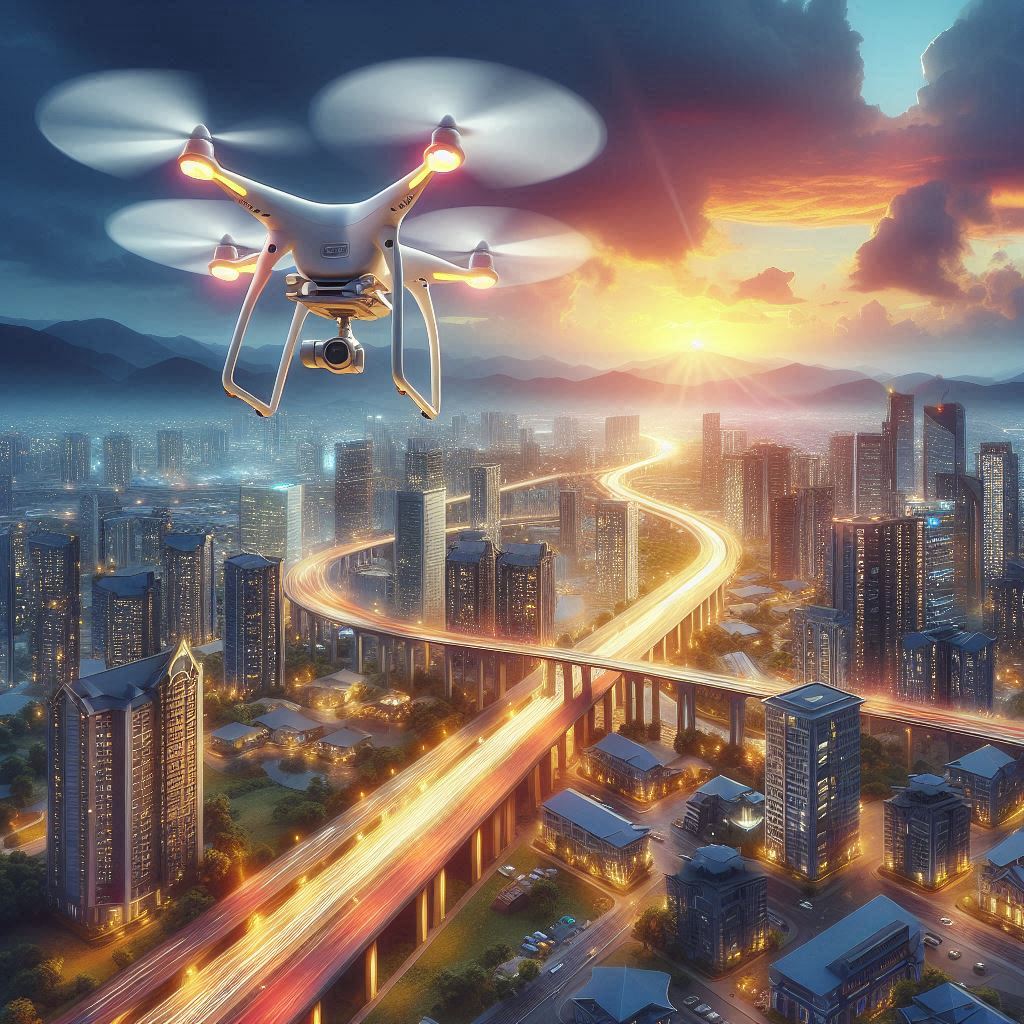
To ensure successful drone-based property inspections, it is crucial to adhere to best practices that have been developed through years of experience and research. These practices encompass every stage of the inspection process, from planning to execution and analysis. By following these guidelines, professionals can maximize the efficiency and effectiveness of their inspections while maintaining safety standards.
The first step in conducting a successful drone-based property inspection is thorough planning. This includes defining objectives for the inspection, determining specific areas or features to be examined, and considering any limitations or challenges that may arise during the process. It is important to obtain necessary permissions or permits required by local regulations before initiating an inspection.
Once the planning phase is complete, operators must ensure they are well-prepared before taking flight. This involves conducting pre-flight checks on both the drone itself and its accompanying equipment such as cameras or sensors. Inspectors should also familiarize themselves with relevant laws governing drone operations in their area and take necessary precautions to ensure compliance.
During the actual inspection, operators must exercise caution while maneuvering drones near properties or structures. Safety should always be prioritized when operating drones at low altitudes or close proximity to people or objects on the ground. Maintaining visual line-of-sight contact with the drone at all times is essential for avoiding collisions or accidents.
Capturing high-quality imagery is another critical aspect of successful property inspections using drones. Professionals should consider factors like lighting conditions, camera settings, and shooting angles when capturing visual data. A steady hand during flight maneuvers can greatly enhance image clarity while ensuring proper focus on key areas being inspected.
After completing an aerial survey using a drone, experts need to carefully analyze the collected data. This can involve reviewing images and videos, comparing them with existing records or benchmarks, and identifying any discrepancies or areas of concern. Advanced software tools that offer image stitching, 3D modeling, or thermal analysis capabilities can significantly aid in this process.
Efficient data management is essential to derive maximum value from drone-based inspections. Storing all captured information in a secure and easily accessible format ensures that it can be referenced as needed for future assessments or documentation purposes. Properly organizing files based on property location, date, and inspection type allows for efficient retrieval when required.
In addition to following best practices throughout the entire inspection process, ongoing training and professional development are crucial for professionals utilizing drones in property inspections. Staying abreast of new technologies, regulations, and industry trends enables inspectors to enhance their skills while adapting to evolving market demands.
conclusion
harnessing drones for effective property inspections requires adherence to established best practices that have proven successful over time. Thorough planning, meticulous execution while adhering to safety guidelines, capturing high-quality imagery using suitable equipment and techniques are all critical steps in ensuring successful drone-based property inspections.
Furthermore, proper analysis of collected data coupled with efficient storage management contributes greatly towards deriving optimal value from these inspections. By adopting these best practices and investing in continuous learning opportunities within the field of drone-based property inspections professionals will be well-equipped to meet the challenges posed by an ever-changing landscape efficiently
Future Trends and Innovations in Harnessing Drones for Property Inspections
In recent years, drones have emerged as a valuable tool for various industries, including property inspections. With their ability to navigate difficult terrains and capture high-quality imagery from above, drones offer an efficient and cost-effective solution for inspecting properties of all kinds. This article will explore the future trends and innovations in harnessing drones for property inspections.
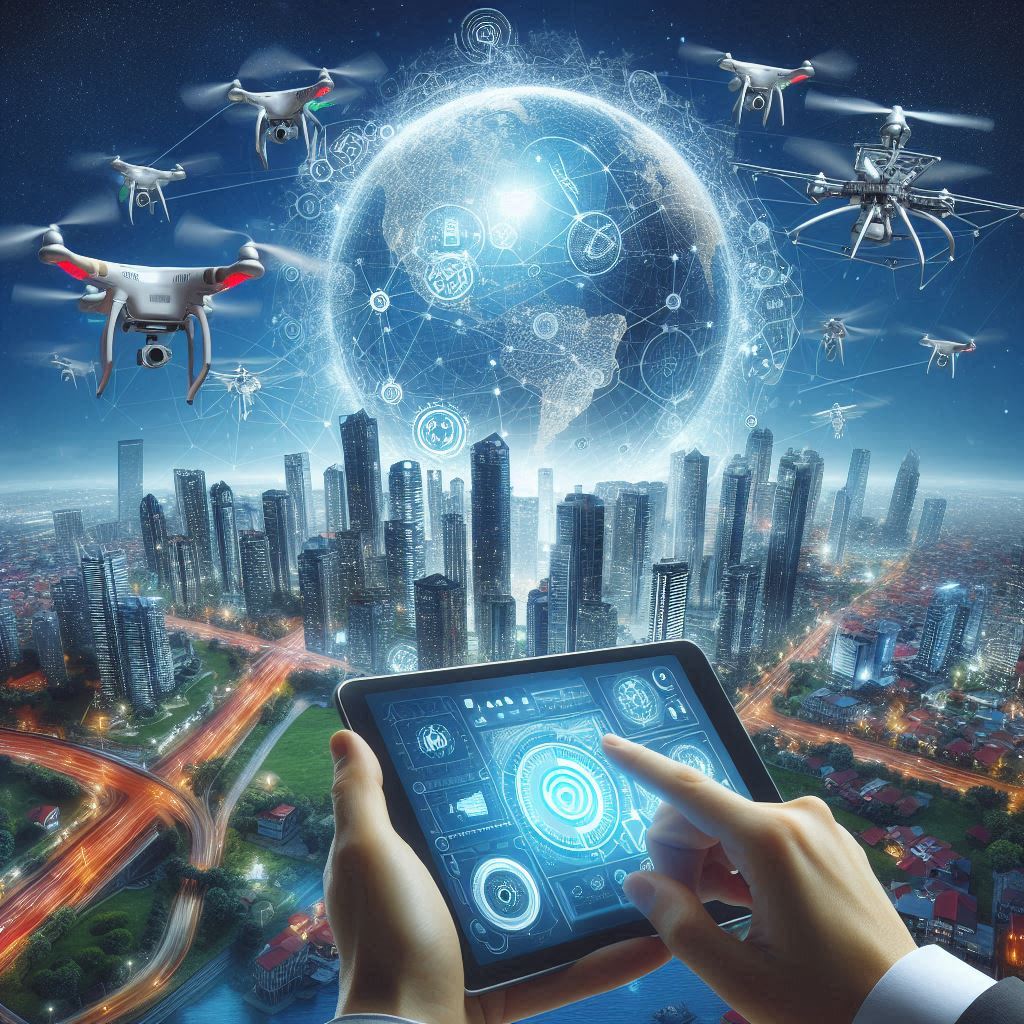
One of the key advantages of using drones for property inspections is their ability to access areas that may be otherwise challenging or dangerous to reach. For instance, roofs with steep inclines or structures that are several stories high can be inspected without endangering human inspectors. Drones equipped with cameras can capture detailed images and videos of these hard-to-reach places, allowing property owners and inspectors to assess potential issues or damages accurately.
Moreover, advancements in drone technology have led to the development of thermal imaging capabilities. By integrating thermal cameras into drones, property inspections can now identify heat signatures that indicate energy inefficiencies or electrical faults within buildings. Thermal imaging allows inspectors to pinpoint problem areas quickly and efficiently, enabling them to provide targeted recommendations for improvements.
Another exciting innovation in the field of drone-based property inspections is the use of artificial intelligence (AI) algorithms. AI-powered software can analyze images captured by drones in real-time, flagging potential issues such as cracks in walls or leaks in pipes automatically. This automated analysis not only saves time but also improves accuracy by reducing human error. Additionally, AI algorithms can learn from previous inspection data over time, enhancing their ability to detect anomalies effectively.
To further improve efficiency and productivity during property inspections, some companies are exploring autonomous drone systems capable of performing routine checks independently. These autonomous systems follow predetermined flight paths around a property while capturing images or conducting scans as required. Not only does this save time by eliminating manual piloting tasks but it also ensures consistent coverage during each inspection session.
Despite these advancements and benefits offered by drone-based property inspections, challenges remain regarding regulatory compliance and privacy concerns. Governments around the world have implemented rules and regulations to govern drone operations, ensuring safety and mitigating potential risks. However, navigating these regulations can be complex for both property owners and inspectors who wish to harness drones for their inspections.
Moreover, concerns over privacy violations arise when drones equipped with cameras fly over private properties or public spaces. It is essential that property owners and inspectors adhere to ethical guidelines, obtaining necessary permissions or consents before conducting drone-based inspections. As technology continues to evolve, it is crucial for stakeholders in the industry to strike a balance between innovation and respecting individual privacy rights.
conclusion
drones are revolutionizing the way property inspections are conducted by providing efficient and cost-effective solutions. Future trends in this field include thermal imaging capabilities, AI-powered analysis software, and autonomous drone systems. While there are challenges regarding regulatory compliance and privacy concerns, it is evident that harnessing drones for effective property inspections will continue to play a significant role in the industry’s future.
By embracing these innovations responsibly while respecting legal boundaries and individual rights, property owners can leverage the power of drones to optimize their inspection processes efficientlyIn conclusion, harnessing drones for effective property inspections offers numerous advantages. Drones provide an efficient and cost-effective solution for inspecting properties, allowing for quick and accurate data collection.
With their ability to capture high-resolution imagery and videos from different angles, drones enable thorough assessments of building structures, roofs, facades, and other hard-to-reach areas. This technology also enhances safety by reducing the need for human inspectors to physically access hazardous or inaccessible locations. Overall, the use of drones in property inspections improves efficiency, accuracy, and safety while minimizing costs.
